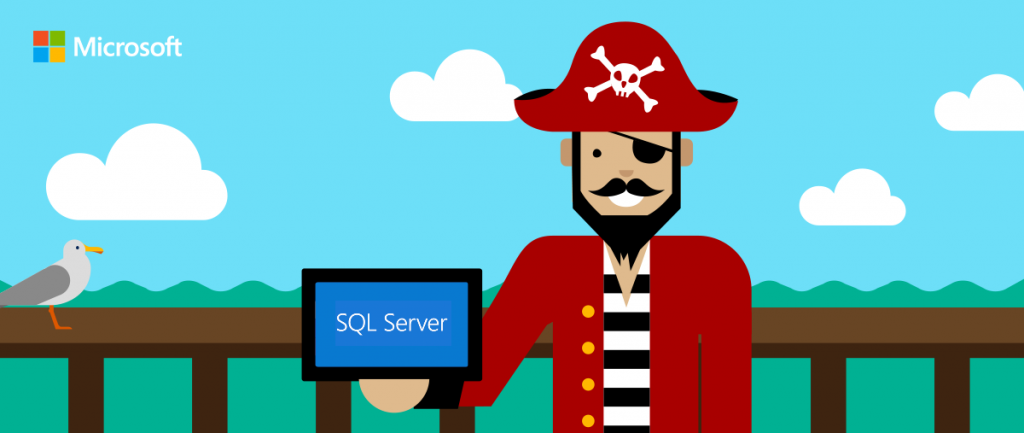What is R?
By Harry Eagles, Editor
R is a programming language and an open-source statistical computing environment used for statistical computing. Derived from the language S (for statistics), R is a GNU project and as such is free software that compiles and runs on a wide variety of systems (including Windows, Linux and Mac). In the age of big data, R is rapidly becoming the leading programming language in statistics and data science. We are gathering more and more information from our systems and the need to analyse the resulting data has seen over 2 million statisticians, data scientists and data analysts adopt R. It’s a number that is growing hugely year-on-year – around 40% - and a number of large organisations are already using it in their day-to-day activities.
The R environment
The strength of the R environment within which statistical techniques are implemented has been the driving force behind its popularity. It includes:
- Data handling and a storage facility
- Operators for calculations on arrays
- A large integrated collection of tools for data analysis
- A programming language featuring conditionals, loops and input/output facilities
Extending R
As a result of its open-source nature, R can be extended through community contributed packages that cover a very wide range of statistics. These packages are available via the Comprehensive R Archive Network (CRAN) and number over 8,000 at the time of writing.
Microsoft R Server
Microsoft R Server is a secure, scalable and fully supported distribution of R. It works on all preferred R environments – including Hadoop, Teradata and Linux – and is fully compatible with R scripts, functions and the comprehensive CRAN packages. Able to run both on-premises and in the cloud on Azure Virtual Machines, Microsoft R Server enables you to model on-premises and score in the cloud without the need for rewrites.
SQL Server R Services
SQL Server R Services combines the powers of SQL Server 2016 and R Server. You can use R and the many open source CRAN packages to create models and generate predictions using your SQL Server data. Integrating the R language with SQL Server means you can keep analytics close to the aforementioned data, eliminating the costs and security risks associated with data movement.
You can find out more about SQL Server R Services, including how to use it, on MSDN.
Getting started
It’s easy to get started – prototyping, exploring and modelling can be done early in your R journey. In fact, there are already a number of great online courses that cater for a wide range of abilities - from complete beginner, to intermediate, to seasoned R user. I’d recommend Data Camp if you’re a novice – their courses are free and work much like Code Academy with a series of exercises you have to complete in the adjacent editor and console.
The time to arr-R is now!
TechDays Online 2016
Want to learn more about big data and Machine Learning? Join us for TechDays Online from Wednesday 18th May - Thursday 19th May. We'll be bringing a packed agenda of presentations, Q&As, demos and more, all presented by top speakers from the IT community.
Resources
- Microsoft R Server
- SQL Server R Services
- Data Camp
- R Jump Start - Introduction to R Open - Channel 9
Comments
- Anonymous
May 16, 2016
Windows server 2015 R2 and windows server 2008 R2https://en.wikipedia.org/wiki/R_(programming_language)
